Historically Canada’s main right-of-centre political party, the Conservative party, has been pretty electorally woeful. The left-wing Liberal party was in power for 70 years of the 20th century and Justin Trudeau has been the Liberal Prime Minister now for the past eight years. (And yep, in Canada the Liberals have always been an overtly left-of-centre party; an alignment many of our Australian Liberal MPs, especially at the state level, are clearly aiming to ape.) In the Great White North it’s not inapt to describe the Conservatives as ‘incompetent’ throughout much of my native Canada’s history.
But things have changed of late and the party up there offers big lessons to the mori-bund Liberals here in Australia. So what has the Conservative party done in Canada? Well, some years ago, after a series of mergers and splits, the party got rid of the word ‘progressive’ from its name. No longer were they the ‘Progressive Conservatives’; instead they became just the ‘Conservatives’. Then they changed the way in which the party leaders were chosen. I know. I know. There is a widespread view here in Australia that this ‘who should be leader?’ decision should rest with the parliamentary wing of the party, with the elected MPs in the party room. Maybe that was true forty years ago when politicians tended to have real-life experience before entering parliament but Canada shows that view to be seriously open to doubt today. You see in Canada the ‘who will be the leader’ decision now rests with the party members. Join the party. Wait three months. And you have an equal say in picking the leader to everyone else, MPs included. Remembering that Canada has about 50 per cent more population than Australia consider this: the Canadian Conservative party today has well over 700,000 party members. They pick the leader. They also pick who runs in their constituency. No Michael Photios-types with outsized influence.
By contrast the Liberal party here in Australia has somewhere between 20,000 and 40,000 members, the exact numbers are not released for obvious reasons. Quite a massive difference to Canada isn’t it? Ask yourself what say you get in today’s Liberal party if you join. If you are in NSW the answer rhymes with the fifth Roman Emperor, the pyromaniac. These are catastrophically low numbers for a political party.
And notice that in Canada the party membership picks leaders that the party room, the elected MPs, would never choose in a million years. In Alberta last year, with the party trailing in the polls, the party membership even chose a woman who was not even in the provincial legislature. She was the most right-wing candidate and she went on to win a by-election and then won this year’s provincial election with a comfortable majority. The party membership does not buy the ‘park yourself an inch to the right of the lefties’ mantra. Meanwhile at the federal level the Conservative party membership chose what by Canadian standards is an actual, real conservative, Pierre Poilievre. As I said, most of the party MPs would have opted to walk over broken glass before picking an actual values-based solid conservative like this man. Poilievre has been opposition leader for just over a year now. When he was chosen the CBC and the usual left-leaning legacy media said he was unelectable. (The same sort of press talking heads, you’ll recall, who said Tony Abbott was unelectable until he won a massive majority, only for his own MPs to roll him and set the party on a downwards trajectory it’s still on.) Poilievre then set out an actual set of policies – supporting the oil and gas industry; real scepticism on net zero and an unwillingness to do much of anything on that front; a pledge to cut (yes cut) one billion dollars from the CBC’s (Canada’s equivalent to our ABC) annual budget – yes, you read that correctly; restore the military to its Nato-promised level of funding; the list goes on. You can imagine what the usual suspects in Canada’s equivalent of our Fairfax press and ABC think of him. Know what? The party room cannot remove Poilievre because only the party membership can do that. And notice that when the public broadcaster attacks him (because they always attack all conservative politicians) he can put it down to raw monetary self-interest.
How has this worked out? Well, Poilievre and the Conservatives are currently up in the polls somewhere between 10 and 14 points. Poilievre has gone from being far less popular than Justin Trudeau to being 15 points ahead in the preferred PM stakes. And get this result from the latest Angus Reid poll: Poilievre is now by far the most popular politician in Canada amongst young people (18 to 27 years old). In fact, he’s far more popular with the young than with the over-60 crowd. I would never have imagined that possibility in Canada, a country with a political centre of gravity a good deal to the left of Australia. You see Poilievre ignores all the usual platitudes about how conservatives have to hoe to the middle and appease the Teal-type voters and try to win inner-city seats. He argues based on convictions. Heck, he was asked if he knew what a woman was and he did, giving the sort of non-woke answer 80 per cent of the population was dying to hear from a politician. Think of it this way. When the Albanese pledge to hold the Voice referendum was first announced the Yes side was polling upwards of 70 per cent. If you only decide what to do as a party based on focus groups you cave in from the start. But if you have values and principles (so we’re ruling out ScoMo) you argue for your views and aim to win over the punters – the polls now showing the No side has every chance of garnering 60-plus per cent of the national vote.
In a way Poilievre is reminiscent of Florida’s Ron DeSantis (and not just because Poilievre also disliked the government thuggery, heavy-handedness and regulatory over-reach of the Covid years). You see Poilievre knows the bureaucratic caste, as a whole, is not particularly sympathetic to right-of-centre views. So he learns his brief. He can defend his values and positions in an articulate way. He is prepared, regularly, to call out the legacy press for its patent left-leaning bias. And he is optimistic about the future. The next Canadian election need not be for almost two years. But if an election were held today it would likely deliver a big Conservative majority.
You might think that all of this would be a powerful lesson to our Liberal party in this country. But it hasn’t been. At the state level the Liberal brand is in total disarray because its elected MPs are barely distinguishable from Labor and hold the party membership in seeming contempt. And federally that appears to be true too of a good-sized chunk of the partyroom (aka ‘the moderates’). The received wisdom that the best strategy is for the Libs to park themselves a centimetre to the right of Labor has failed repeatedly. Were it not for our virtually unique preferential voting system (that forces voters at some point to pick between the two established parties and that only one other country in the world mimics) this dessicated strategy would long ago have been exposed for its worthlessness.
Come on, Liberal party. Cast an eye on what’s going on in Canada and start to make some changes.
Got something to add? Join the discussion and comment below.
Get 10 issues for just $10
Subscribe to The Spectator Australia today for the next 10 magazine issues, plus full online access, for just $10.
You might disagree with half of it, but you’ll enjoy reading all of it. Try your first month for free, then just $2 a week for the remainder of your first year.

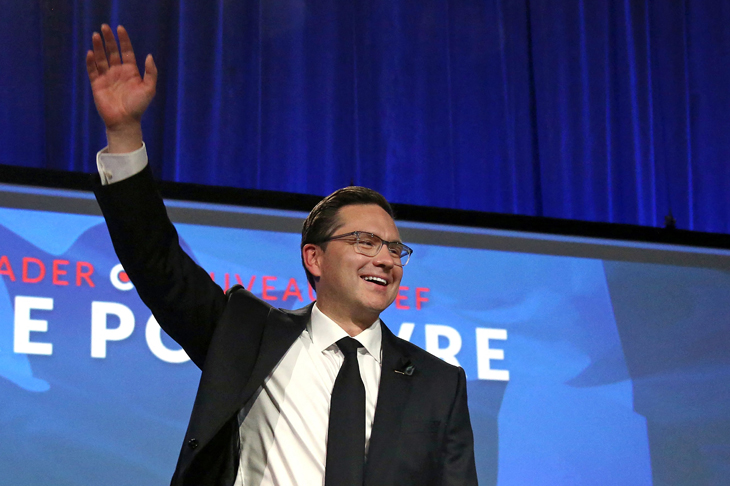
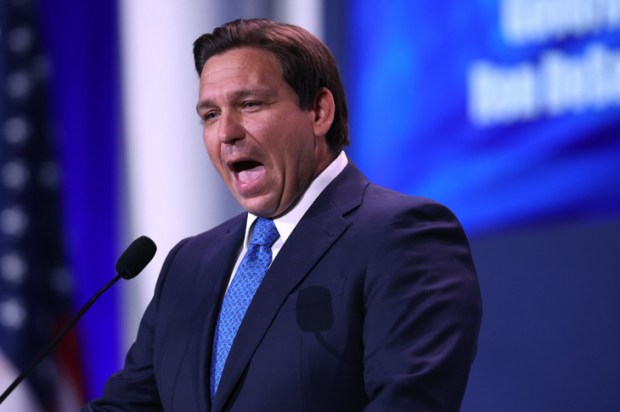
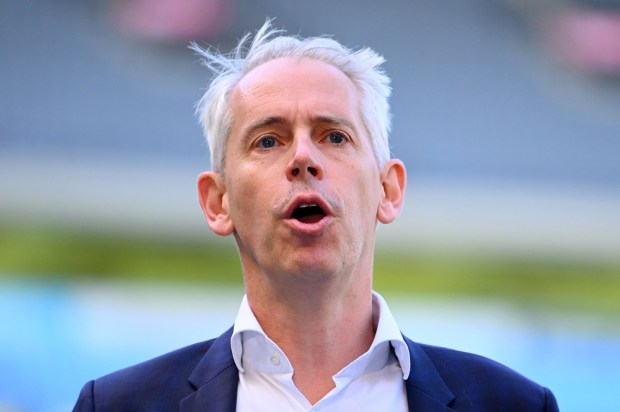
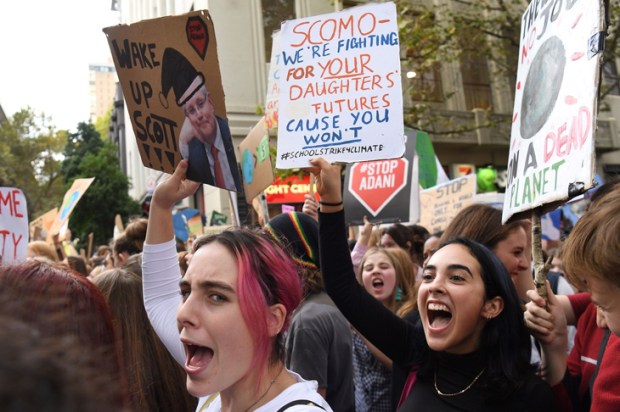
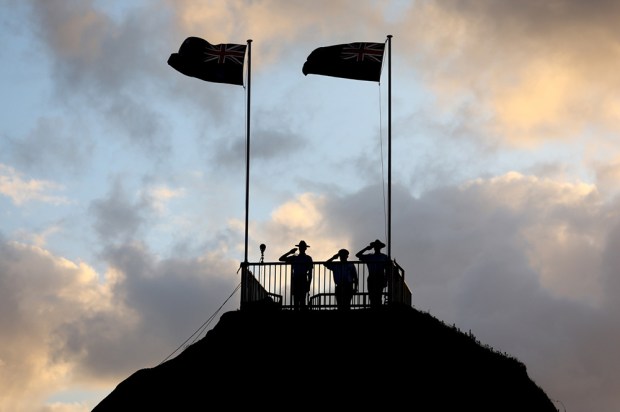

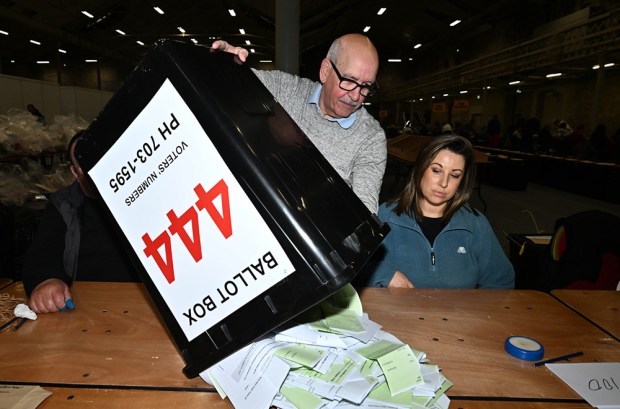






Comments
Don't miss out
Join the conversation with other Spectator Australia readers. Subscribe to leave a comment.
SUBSCRIBEAlready a subscriber? Log in